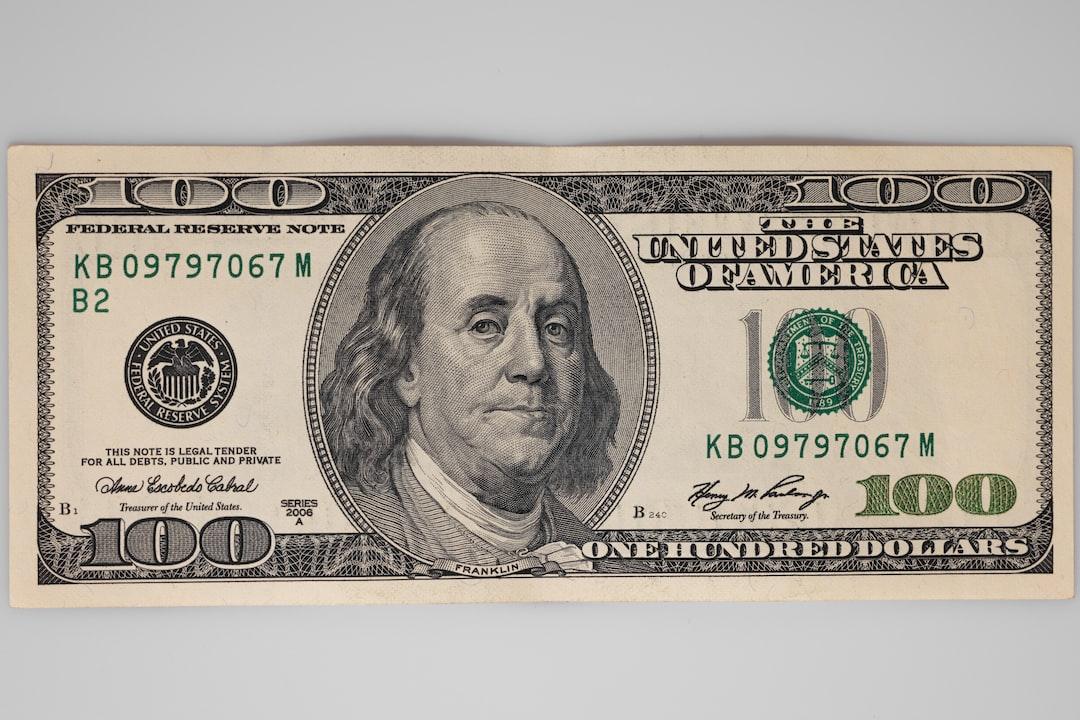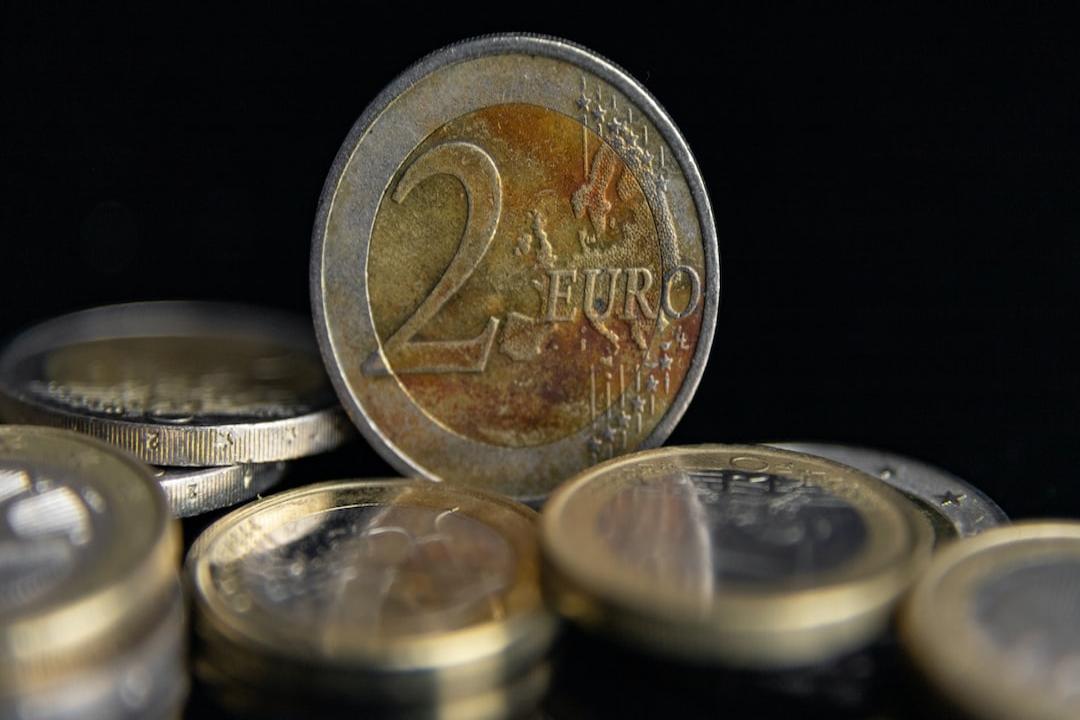OKX has recently delisted all trading pairs related to USDT, and currently, USDT can only be used for spot trading with EUR and USDC. It is widely believed that this move is related to the upcoming European Union crypto law, MiCA.
User MartyParty revealed in a tweet yesterday that the cryptocurrency exchange, OKX, has stopped supporting the majority of trading pairs for Tether’s USDT in the European Union and the European Economic Area (EEA).
As shown in the image, OKX stated in a letter sent to local users:




Please note that due to regulatory requirements, USDT trading pairs in your current region are no longer available for trading. In the future, the only available USDT currency trading pairs in the spot market will be USDT/EUR and USDT/USDC.
It was also mentioned that “USDT can still be deposited and withdrawn, and can be bought or sold in over-the-counter (OTC) trading.”
OKX also stated in the letter that this move will only affect a small number of users, and in the future, the focus will be on expanding the liquidity of the euro-to-cryptocurrency market:
At the same time, we will also launch more than 30 new euro spot trading pairs.
As of now, OKX and Tether have not responded to this.
It is speculated that the regulatory reasons mentioned by OKX may be related to the stablecoin regulations in the Markets in Crypto-Assets Regulation (MiCA) framework. The regulation states that only electronic money institutions (EMIs) and credit institutions are allowed to issue stablecoins.
It is reported that this law will come into effect before the end of this year, and the stablecoin regulatory rules are expected to be implemented before June.
(Upcoming MiCA Regulation in the EU, Binance Warns of Potential Massive Delisting of Stablecoins)
As the issuer of the stablecoin with a market value exceeding $100 billion, Tether’s reserve transparency and regulatory compliance have always been discussed and scrutinized.
On the other hand, the United States is also about to introduce specific stablecoin legislation, providing consistent regulatory standards such as KYC and anti-money laundering for many stablecoin issuers including Tether and Circle.
In December last year, Circle, the issuer of the second-largest stablecoin in terms of market value, USDC, received conditional registration from the French Financial Markets Authority (AMF) as a Digital Asset Service Provider (DASP), and subsequently applied for an EMI license.
(Circle Receives Conditional Registration as a Digital Asset Service Provider (DASP) in France, Strengthening Compliance Development in Europe)
In terms of regulatory aspects of the European stablecoin market, Circle’s Euro stablecoin, EURC, is indeed in a leading position.
However, the Euro stablecoin market is still in its early stages. In addition to EURT issued by Tether, other competitors include EURCV (EUR CoinVertible) issued by French banking giants Societe Generale.
Circle (USDC)
MiCA
OKX
Tether (USDT)
Euro stablecoin
Europe
Stablecoin


Further reading
Circle collaborates with Brazilian digital bank Nubank to increase adoption of $USDC in Latin America
Circle stops providing services to individual accounts; Circle Mint for enterprises and institutions remains usable.

